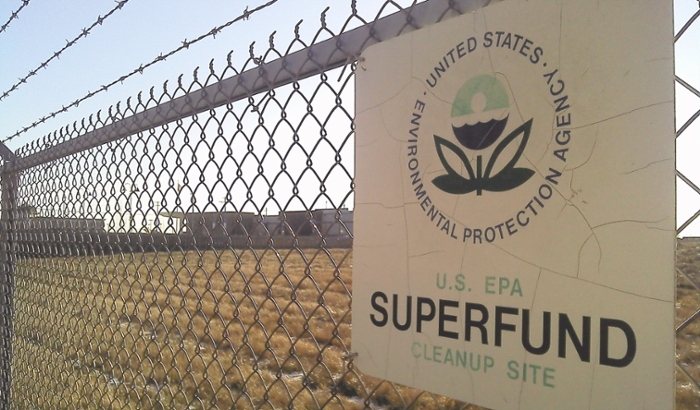PFAS water cleanup…have you bought yourself a multi-million dollar Superfund issue?
By John Gardella | The National Law Review | August 11, 2020

Read the full article by John Gardella (The National Law Review)
“The last two years have seen an incredible uptick in activity with respect to PFAS regulations, and media coverage of PFAS continues to fuel the fires from the public, non-government organizations and environmental groups for additional action to be taken. The EPA continues its process of determining Maximum Contaminant Levels for PFAS. The FDA is examining the ways that it might regulate PFAS levels in both food and food packaging. Meanwhile, states, bombarded with constituent outcries and under pressure to take action to fill the gap until the EPA and FDA finish their regulatory review processes, quickly enact drinking water limits for PFAS and ban PFAS-containing products, such as children’s toys and food packaging.
As states continue setting drinking water limits for PFAS and in preparation for the EPA’s final determination of a Maximum Contaminant Level for PFAS in drinking water, many water utilities are beginning to evaluate the steps needed to come into compliance with existing or anticipated water regulations. Comprehensive compliance programs are being created and costly well testing sites are being built to determine PFAS content at various points along the waterways for drinking water sources. At water treatment facilities, expensive water filtration systems are being installed to remove as many PFAS as possible from drinking water sources. With water utilities coming under fire in the litigation world for PFAS issues, these steps may curtail the short-term issues and costs associated with PFAS litigation.
However, the long-term impact of the remediation steps that water treatment facilities ae taking may only be pushing litigation costs further down the road, not eliminating them. In addition, little considered Superfund laws may be triggered through PFAS water filtration that could end up costing water treatment facilities tens or hundreds of millions of dollars in cleanup costs.
CERCLA and PFAS
Under the Comprehensive Environmental Response, Compensation and Liability Act (CERCLA), once a substance is designated as ‘hazardous’ by the EPA, the Act gives the EPA considerable power to designate sites containing such substances as Superfund sites and force parties responsible for the pollution to pay for the cleanup of the site. Without a designation of a substance as ‘hazardous’ (and therefore a site as a Superfund site), the EPA may either pay for the cleanup of the site itself or attempt to pursue, through time-consuming and costly litigation, the property owner for the costs of cleanup.
One of the most closely watched developments in the PFAS world is whether the EPA will make the determination that PFAS are ‘hazardous’ under CERCLA. Although the EPA has promised its determination soon and various lawmakers are pressuring the EPA to make a determination in the near future, it is still uncertain as to when the EPA will issue its final regulations…”
This content provided by the PFAS Project.
Location:
Topics: